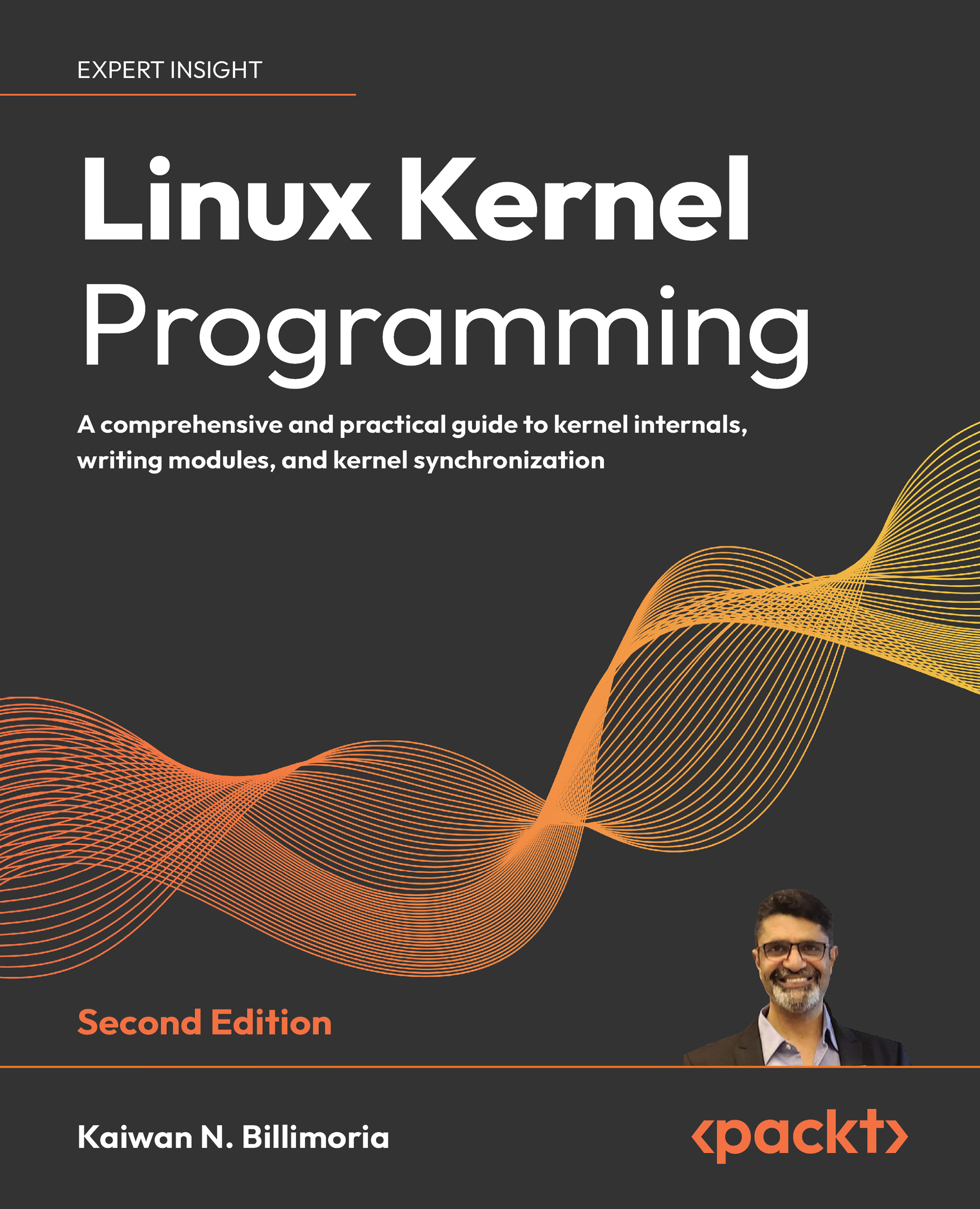Memory Management Internals – Essentials
Kernel internals, especially regarding memory management, is a vast and complex topic. In this book, I do not intend to delve into the deep, gory details of kernel memory internals. At the same time, I would like to provide sufficient – and required – background knowledge for a budding kernel or device driver developer like you to successfully tackle this key topic.
Accordingly, this chapter will help you understand, to sufficient depth, the internals of how memory management is performed on the Linux OS; this includes delving into the Virtual Memory (VM) split, examining both the user-mode and kernel VAS of the process to a good level of depth, and covering the basics of how the kernel manages physical memory. In effect, you will come to understand the memory maps – both virtual and (to some extent) physical – of the process and the system.
This background knowledge will go a long way in helping you...
































































